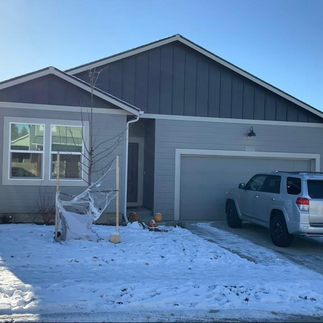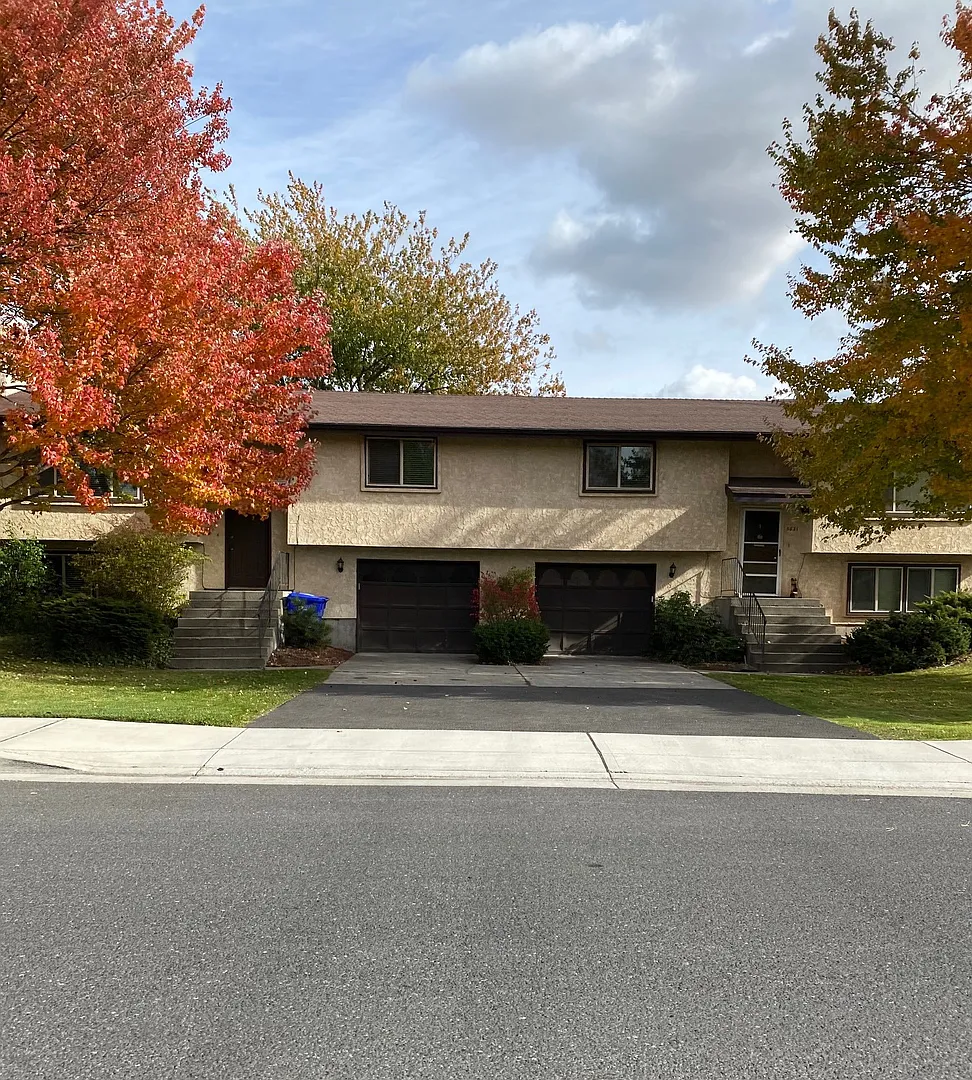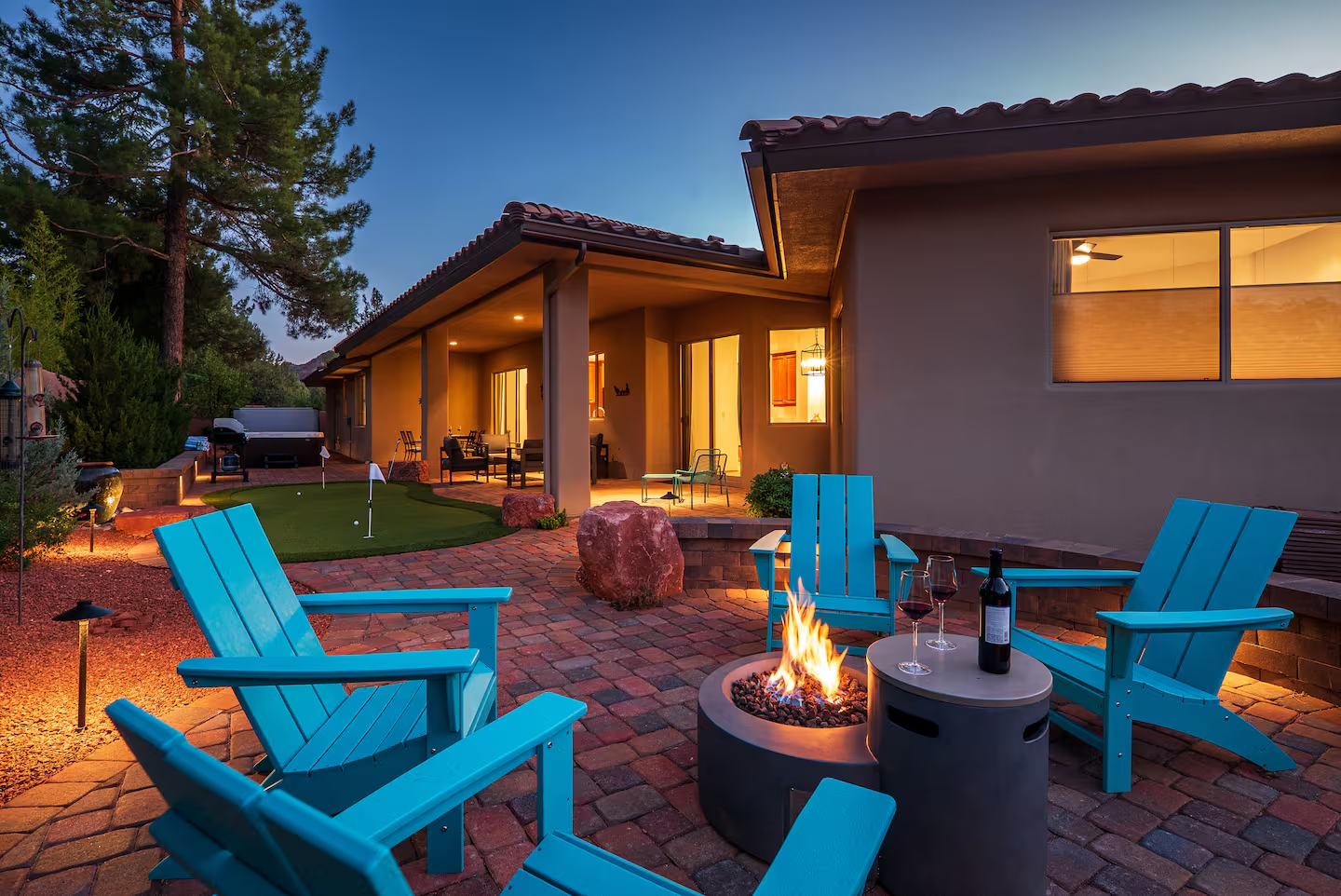0-18 Doors in 4 Years: What we learned
- Martin Beechen
- Apr 16
- 4 min read
Updated: Apr 17
We bought our first rental property in 2021. Before that, we had almost zero real estate experience—just some personal home purchases and an interest in the idea. Fast-forward to the end of 2024, and we’d built a portfolio of 18 doors, including 17 long-term rentals and one Airbnb.
Here’s how that progression looked:
2020: 0 doors
2021: 2 doors
2022: 4 doors
2023: 15 doors
2024: 18 doors
It’s been a fast journey, and we’ve learned a lot—some lessons the hard way. If you’re just getting started, here are the 7 most important things we’ve picked up along the way.
1. Start Small with Something You Understand
When you're just getting started, you really don’t know what you’re doing yet—and that’s okay. The key is to start small so your mistakes don’t blow up.
We started with two single-family homes: one brand new and one from 2010. Simple properties in areas we knew, at prices that worked. Learning with small, manageable units helped us avoid major headaches early on. We didn’t try to chase the perfect deal or get fancy. We just picked something we could understand, manage, and learn from.
Those first two properties taught us a lot.
2. If the Numbers Don’t Work, Don’t Buy It
When you’re starting out, it can feel like every deal is your last chance to buy. That mindset leads to bad decisions—overpaying, wishful thinking about rent, and ignoring major repair issues.
Here are a few hard-earned rules:
Don’t lie to yourself about potential rents.
Don’t ignore big repairs just because you want the deal.
Be completely comfortable walking away.
Usually only about 1 in 8 deals we look at actually close.
The rest? We back out—because they don’t pencil.
3. At the Start, There’s Not Much Money—And Lots of Headaches
Early on, it feels like you’re throwing money into a fire. Problems constantly pop up. You make mistakes. You second-guess yourself. You feel like you’re the only one struggling. Trust me—it’s normal.
The truth is, this happens to everyone. It takes time to get the hang of things, and a lot of the real learning happens slowly—month by month, quarter by quarter. The lessons can be really expensive but they're also invaluable.
You’ve just got to keep going.
4. Time and Scale Solve a Lot of Problems
Once you start to grow—even a little—things begin to smooth out.
In 2022, we went from 2 to 4 doors by picking up a duplex.

That one move made a huge difference. With more doors and more rent coming in, we had more margin to deal with problems, more flexibility, and more confidence.
It started feeling like a real business instead of just a side project.
5. Manage It Yourself (At Least Once)
We used a property manager for our first two doors. But in 2022, we decided to manage the duplex we bought ourselves. It was uncomfortable—but it was one of the best things we did.
We learned how to:
Collect rent
Handle repairs and maintenance
List the property and screen tenants
Deal with contractors and vendors
It demystified the process. More importantly, it helped us understand the value of a good property manager—and what to expect when we hired one later.
I still remember how spooky it felt to go talk to tenants—or the stress I'd feel leading up to the 1st of the month wondering if people were going to pay. It's laughable now but at the time...quite stressful.
6. Hire a Property Manager—And Manage Them
You can’t scale without offloading work. That means hiring a property manager. But it doesn’t mean disappearing.
Most property managers aren't great—especially if you don't hold them accountable. You need to:
Interview multiple managers in your area
Understand how they operate
Review statements and repairs
Have regular touch points
Be ready to replace them if needed
2023 was our breakout year. We hired management, stopped doing the day-to-day ourselves, and focused on growth. That year, we added a duplex, a triplex, and a 6-plex—ending with 15 doors.
Most of our energy went to acquisitions and managing the people managing our properties.
7. Different Businesses: Short-Term vs Long-Term Rentals
In 2024, we took on a new challenge: building a high-end Airbnb in Sedona, Arizona.
We thought it would be like setting up another rental—it wasn’t.
Airbnb is a hospitality business. You’re competing with hotels, not other landlords, and guests expect that level of service. Everything works differently, especially maintenance, which happens constantly thanks to regular cleanings and inspections.
We thought setup would take a couple of months—it ended up taking most of the year. The higher revenue is great, but it swings month to month depending on bookings. It’s a lot more work than a long-term rental, but we’ve learned a ton and ended up with an amazing place. Best of all? It’s the only rental we want to visit—something we’d never say about our long-term units.
Bonus: Reach Your Steady State, Then Repeat
Eventually, things click. You know your buying criteria. You know what kind of properties and neighborhoods work for you. You’ve got a system and a rhythm.
By the end of 2024 we hit 18 doors—including a new duplex we picked up just before the year ended. We also had 12 other deals fall through, but that’s part of the game.
Moving forward in 2025 we’re looking at much denser deals. A 20-32+ unit building doesn’t seem scary anymore. It feels like the logical next step.
If you're on the journey too, I hope this helped. Feel free to follow, comment, or message me—I love talking real estate and sharing what I’ve learned.
Looking back on what I've written, it all doesn’t seem like such a big deal. Every step along the way though was full of stress, learning, discomfort, and lots and lots of change. Nothing was smooth, but every challenge moved us forward—and that’s what matters.





















Good job Martin!